The image of the sandy area in the poem "Mother Suot" by To Huu is deeply ingrained in the minds of many generations whenever this land is mentioned. The sand slope starts from Nhat Le estuary, stretching endlessly, from Bao Ninh to Hai Ninh, everywhere is sand, bright yellow and burning...
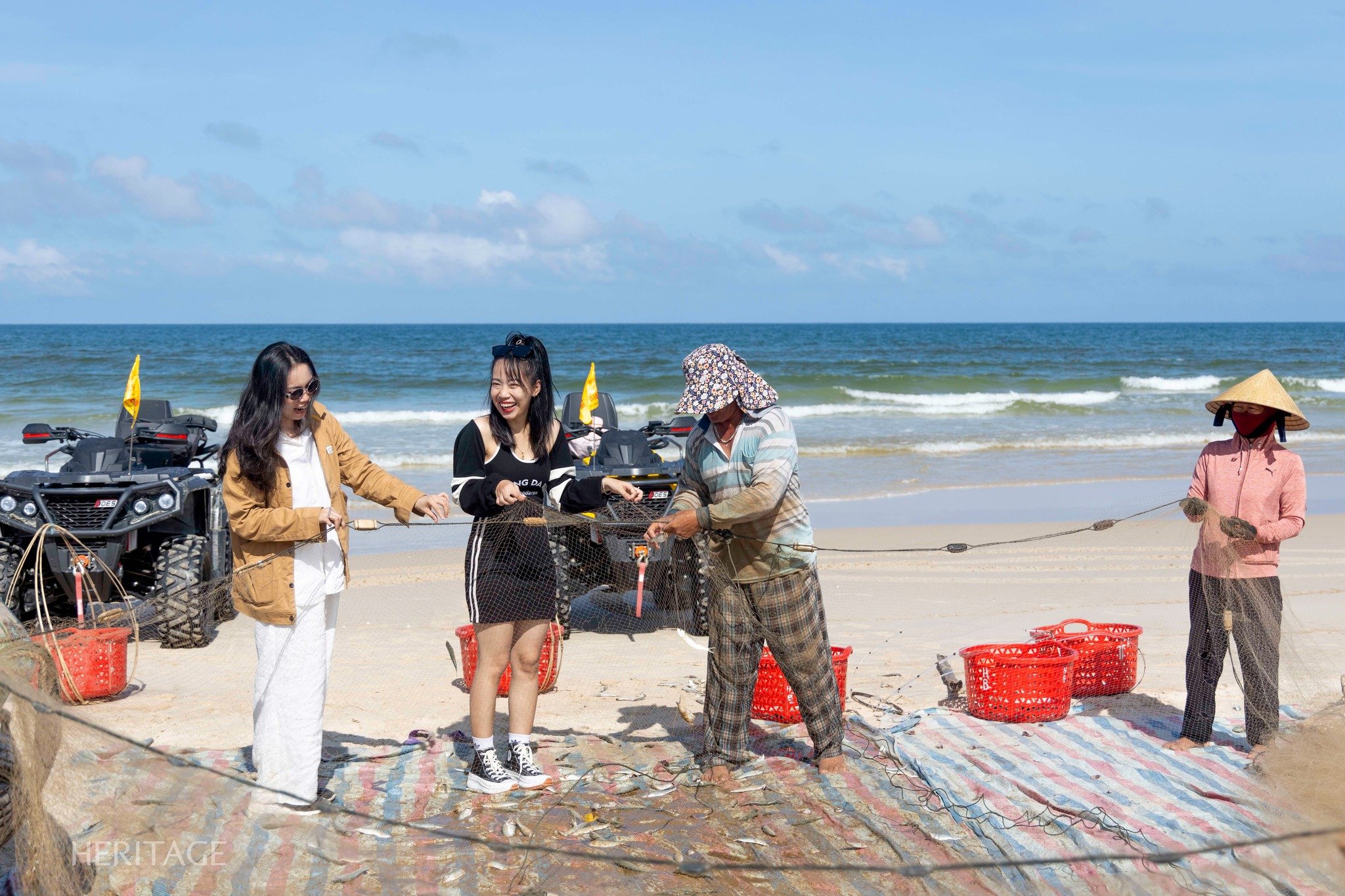 But that was many years ago, and now the sandbank has changed a lot. From Bao Ninh to Hai Ninh today, it is no longer "golden sand on this dune, pink dust on that mile" anymore, but the sandbank has truly changed.
But that was many years ago, and now the sandbank has changed a lot. From Bao Ninh to Hai Ninh today, it is no longer "golden sand on this dune, pink dust on that mile" anymore, but the sandbank has truly changed. 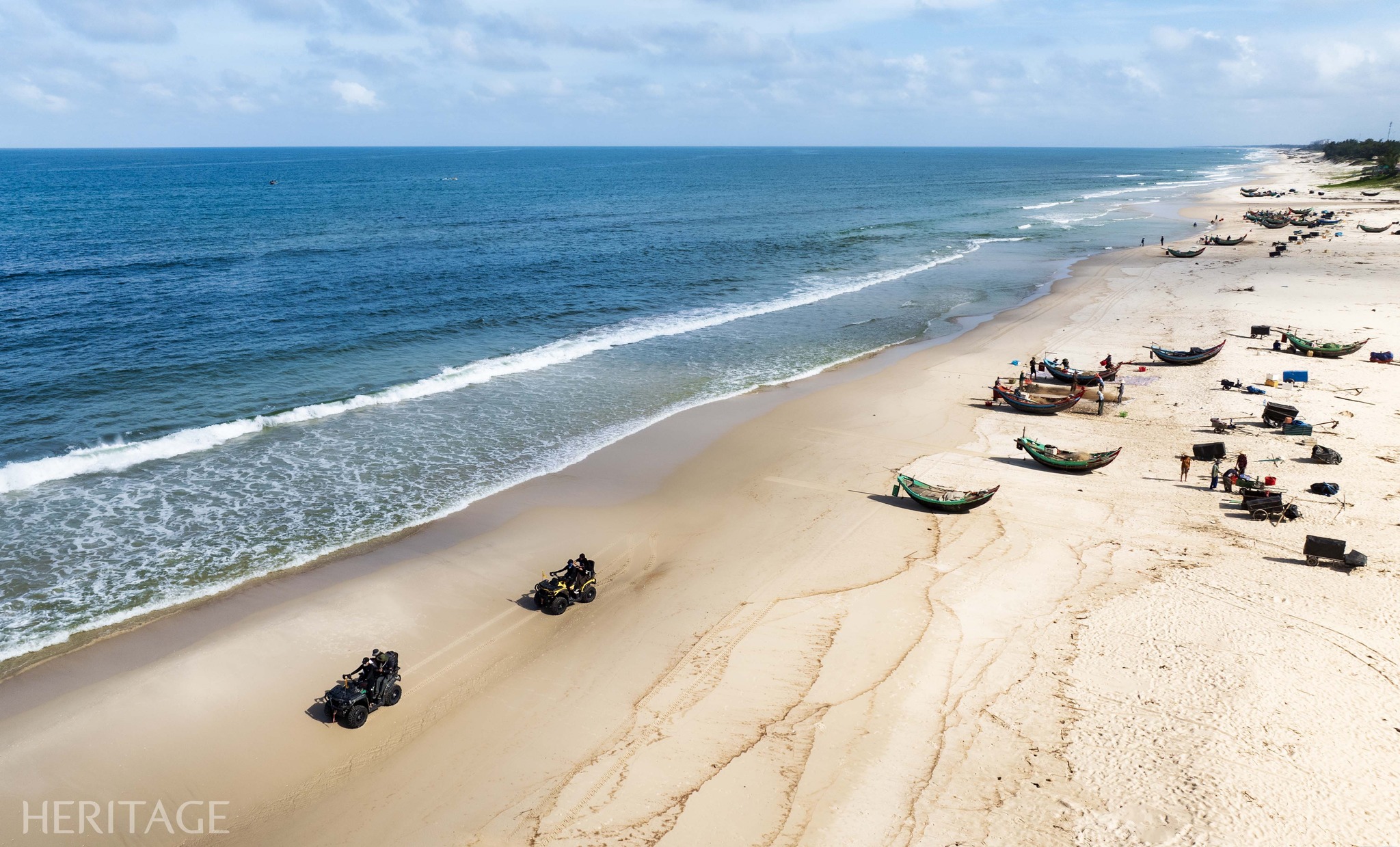 The entire sandy area is full of vitality, youthful and dynamic with new constructions, spacious houses, bright lights in the house, in the yard, on boats, at sea...
The entire sandy area is full of vitality, youthful and dynamic with new constructions, spacious houses, bright lights in the house, in the yard, on boats, at sea... 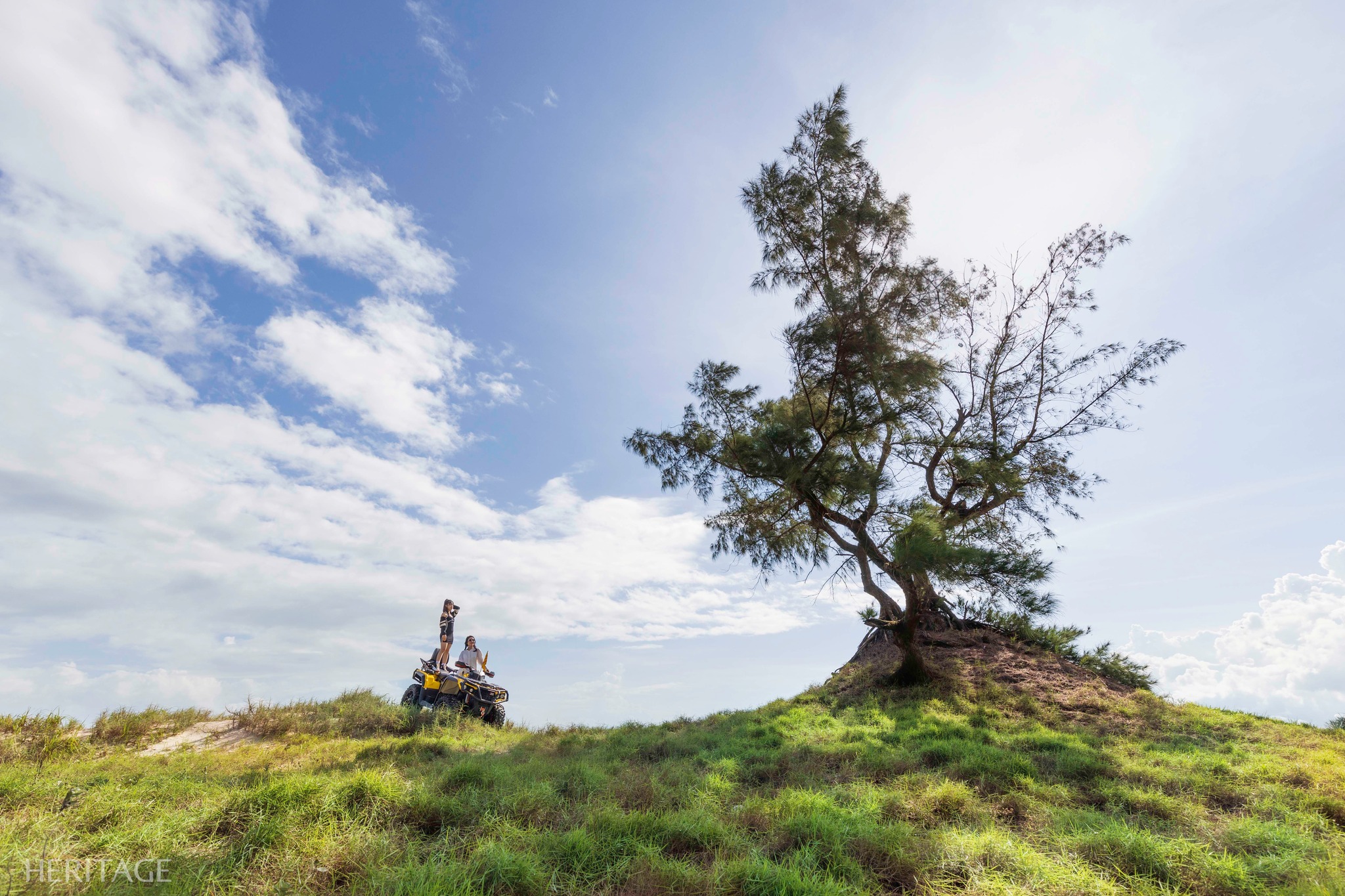 Everything is full of life, bustling with a positive rhythm and people actively moving to keep up with the new life.
Everything is full of life, bustling with a positive rhythm and people actively moving to keep up with the new life. 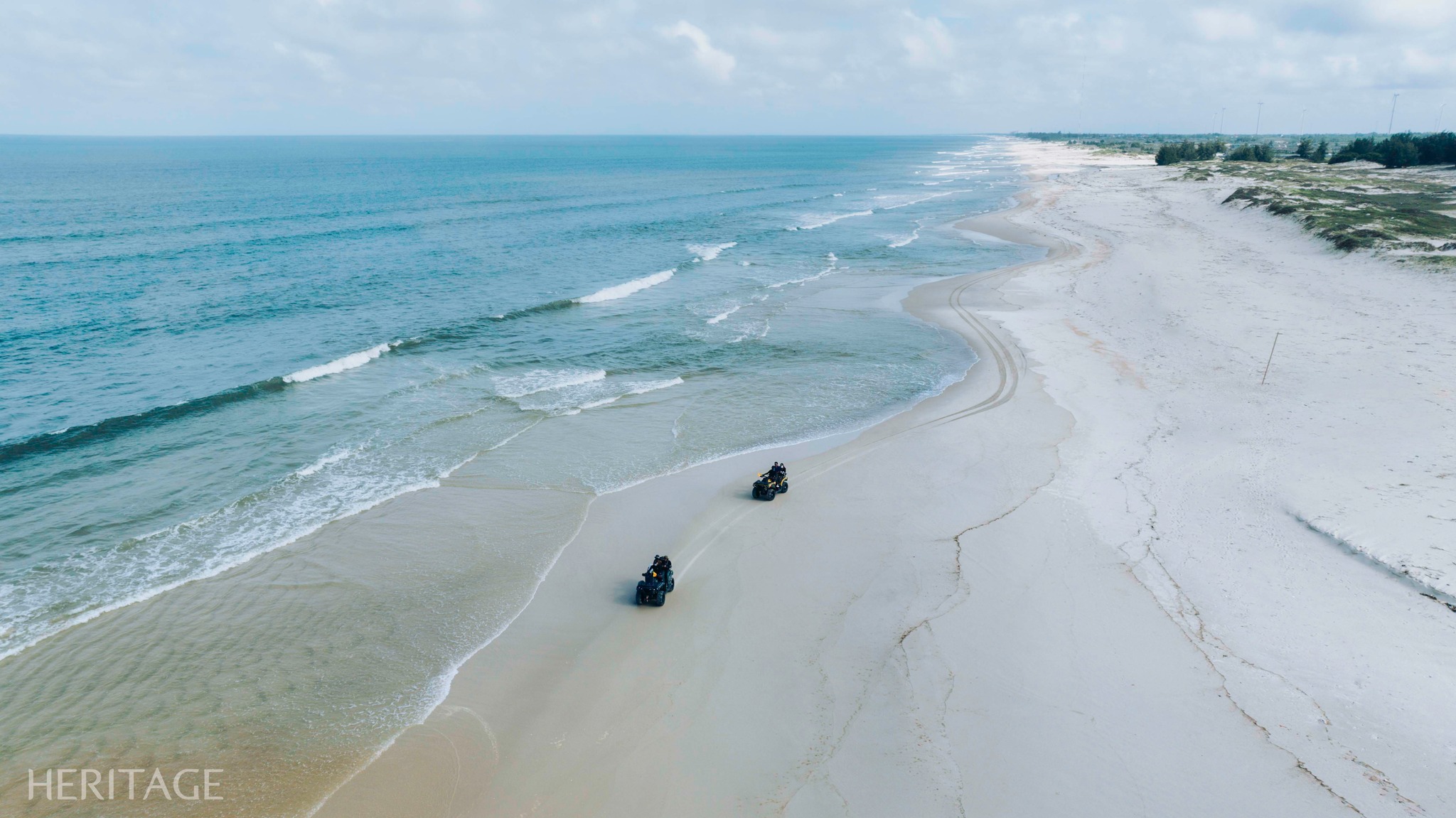 On a beautiful morning, the sun was shining like silver on the sea. My friends and I decided to use ATVs to explore the sand in our own way.
On a beautiful morning, the sun was shining like silver on the sea. My friends and I decided to use ATVs to explore the sand in our own way. 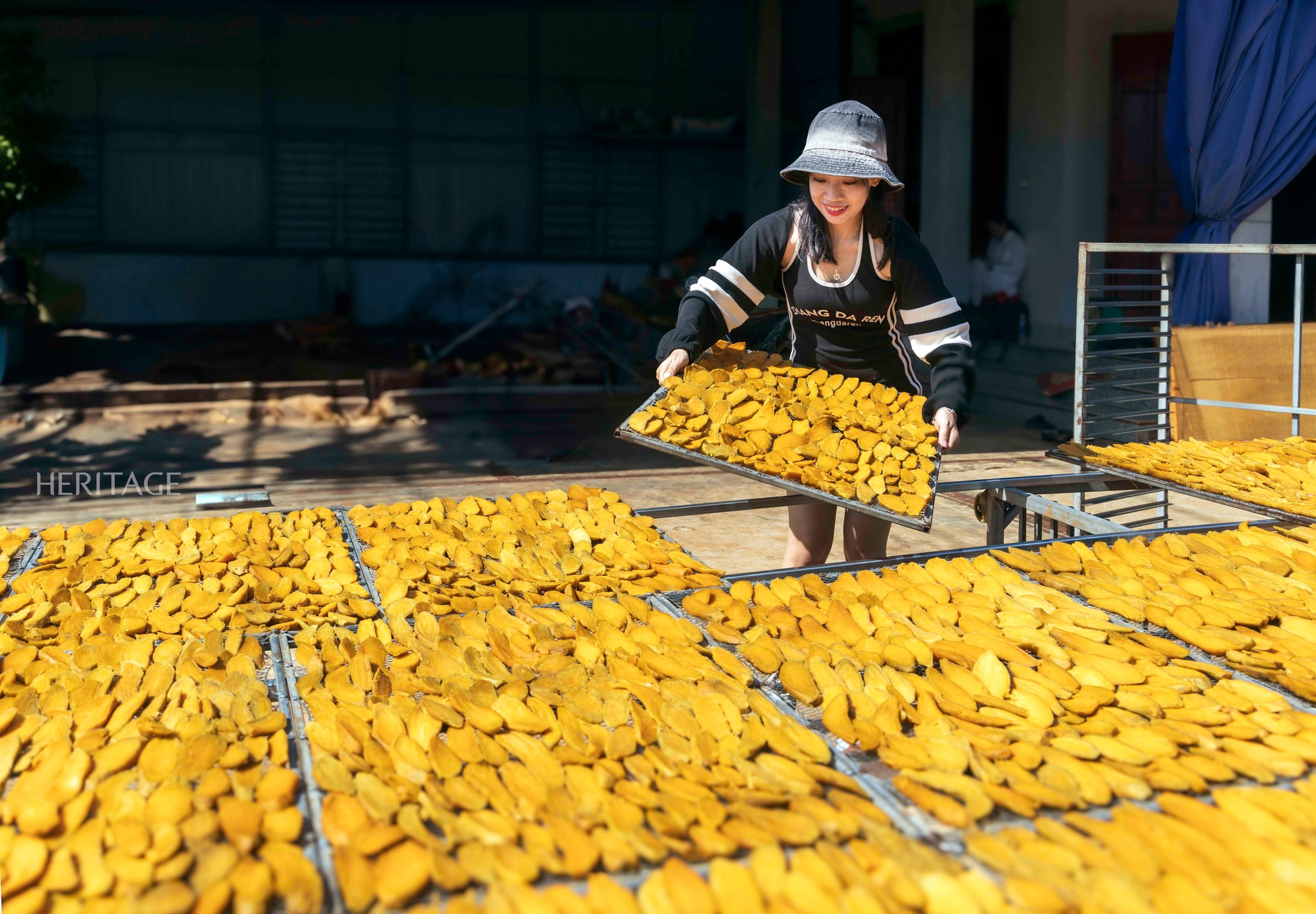 From Bao Ninh sea square, following thousands of waves, the off-road vehicle took us to Hai Ninh village. The salty sea breeze blew endlessly, making our hair messy.
From Bao Ninh sea square, following thousands of waves, the off-road vehicle took us to Hai Ninh village. The salty sea breeze blew endlessly, making our hair messy. 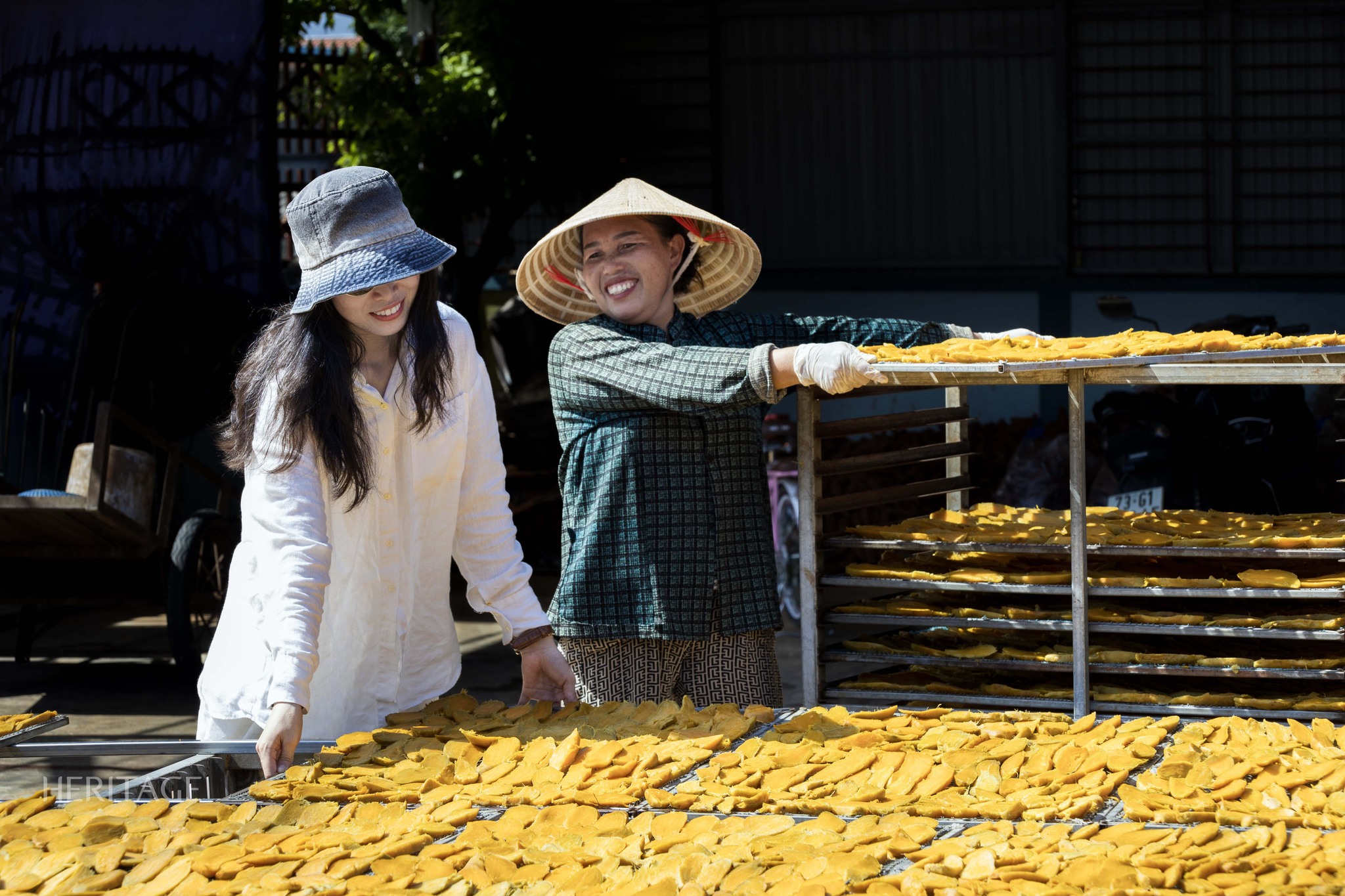 Along the sandbank, there is a wild plant that blooms with flowers shaped like sea urchins with thorns all around, people call it the spike flower. With the wind, the spike flowers roll around as if racing with the convoy of vehicles along the sandbank. The wind crabs are bewildered to hear the sound of the engines rushing towards the small holes in the sand. Rows of ancient casuarina trees with rough trunks sway in the wind.
Along the sandbank, there is a wild plant that blooms with flowers shaped like sea urchins with thorns all around, people call it the spike flower. With the wind, the spike flowers roll around as if racing with the convoy of vehicles along the sandbank. The wind crabs are bewildered to hear the sound of the engines rushing towards the small holes in the sand. Rows of ancient casuarina trees with rough trunks sway in the wind.  After driving for more than 30 minutes, small coastal hamlets began to appear. At the first turn, we followed the concrete road to Hai Ninh village. Originally a poor sand village, but the people knew how to "turn gravel and rocks into cassava and rice". When the rainy season came, people competed to dig sand to grow crops.
After driving for more than 30 minutes, small coastal hamlets began to appear. At the first turn, we followed the concrete road to Hai Ninh village. Originally a poor sand village, but the people knew how to "turn gravel and rocks into cassava and rice". When the rainy season came, people competed to dig sand to grow crops. 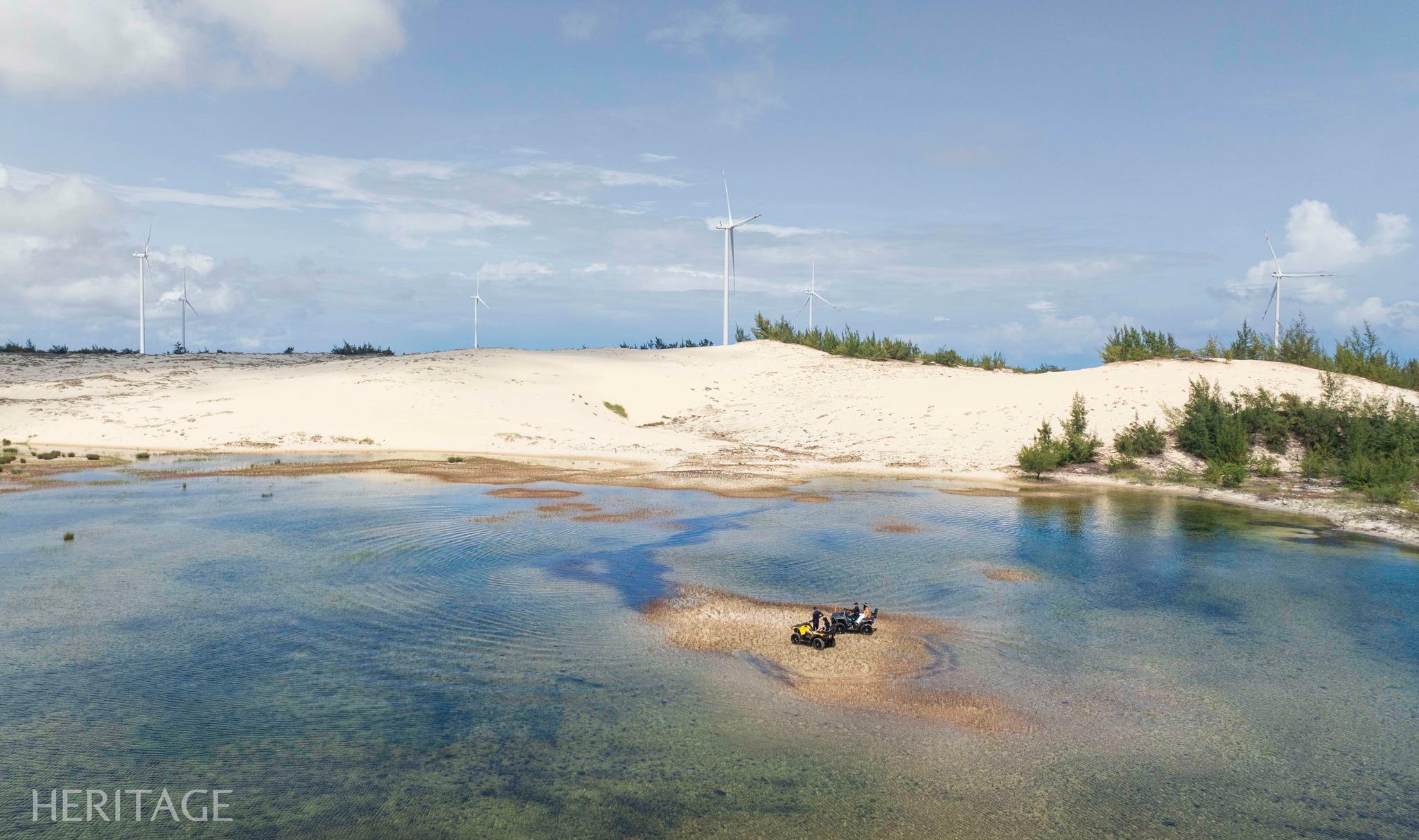 Strangely, cassava and sweet potatoes grown on sand have a unique nutty flavor that cannot be found anywhere else. Villagers say that in the past, sweet potatoes replaced rice and squash as food. Mashing sweet potatoes in a bowl, pouring squash soup with sea crabs, and it has remained sweet until now.
Strangely, cassava and sweet potatoes grown on sand have a unique nutty flavor that cannot be found anywhere else. Villagers say that in the past, sweet potatoes replaced rice and squash as food. Mashing sweet potatoes in a bowl, pouring squash soup with sea crabs, and it has remained sweet until now.  January two sweet potatoes - that proverb is a saying about the cuisine of the sand village, a historical mark of a time of famine. Nowadays, sweet potatoes of the sand village have become a rustic specialty used as gifts for tourists from near and far. Stop at the largest sweet potato processing facility in the village.
January two sweet potatoes - that proverb is a saying about the cuisine of the sand village, a historical mark of a time of famine. Nowadays, sweet potatoes of the sand village have become a rustic specialty used as gifts for tourists from near and far. Stop at the largest sweet potato processing facility in the village.  We were surprised by the urgent working atmosphere of the people. After chatting with them, I was told about my work by the simple people. After harvesting, sweet potatoes must be covered with cloth blankets for about 3-5 days to let them ferment, then washed, cooked, peeled, sliced and dried in the sun to become chewy and sweet.
We were surprised by the urgent working atmosphere of the people. After chatting with them, I was told about my work by the simple people. After harvesting, sweet potatoes must be covered with cloth blankets for about 3-5 days to let them ferment, then washed, cooked, peeled, sliced and dried in the sun to become chewy and sweet. 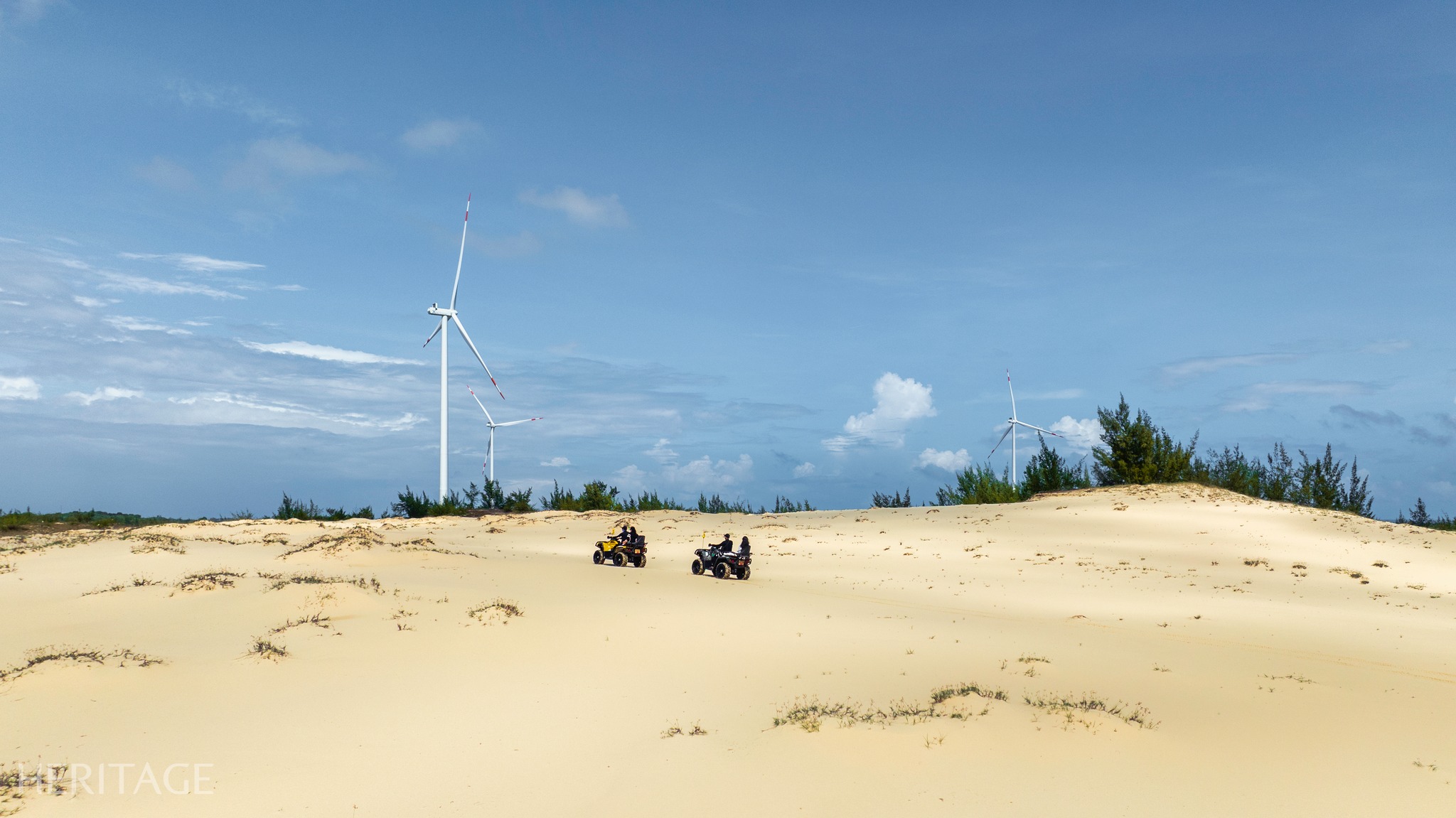 It sounds simple, but only when you sit and observe can you feel that the sweet potato slices are delicious and hygienic, certainly thanks to the meticulousness and sweat of the maker over the years. Dried sweet potatoes are now packaged beautifully, following tourists to all regions. To meet market demand, many dried sweet potato processing facilities in Hai Ninh have invested in dryers, ensuring the processing of sweet potatoes even during periods when there is no sun. Source: https://www.facebook.com/photo/?fbid=766181492289676&set=pcb.766181602289665
It sounds simple, but only when you sit and observe can you feel that the sweet potato slices are delicious and hygienic, certainly thanks to the meticulousness and sweat of the maker over the years. Dried sweet potatoes are now packaged beautifully, following tourists to all regions. To meet market demand, many dried sweet potato processing facilities in Hai Ninh have invested in dryers, ensuring the processing of sweet potatoes even during periods when there is no sun. Source: https://www.facebook.com/photo/?fbid=766181492289676&set=pcb.766181602289665

![[Photo] National Assembly Chairman Tran Thanh Man attends the summary of the organization of the Conference of the Executive Committee of the Francophone Parliamentary Union](https://vstatic.vietnam.vn/vietnam/resource/IMAGE/2025/4/15/fe022fef73d0431ab6cfc1570af598ac)

![[Photo] General Secretary To Lam receives Ethiopian Prime Minister Abiy Ahmed Ali](https://vstatic.vietnam.vn/vietnam/resource/IMAGE/2025/4/15/086fa862ad6d4c8ca337d57208555715)

![[Photo] The two Prime Ministers witnessed the signing ceremony of cooperation documents between Vietnam and Ethiopia.](https://vstatic.vietnam.vn/vietnam/resource/IMAGE/2025/4/15/16e350289aec4a6ea74b93ee396ada21)
![[Photo] Prime Minister Pham Minh Chinh holds talks with Ethiopian Prime Minister Abiy Ahmed Ali](https://vstatic.vietnam.vn/vietnam/resource/IMAGE/2025/4/15/4f7ba52301694c32aac39eab11cf70a4)








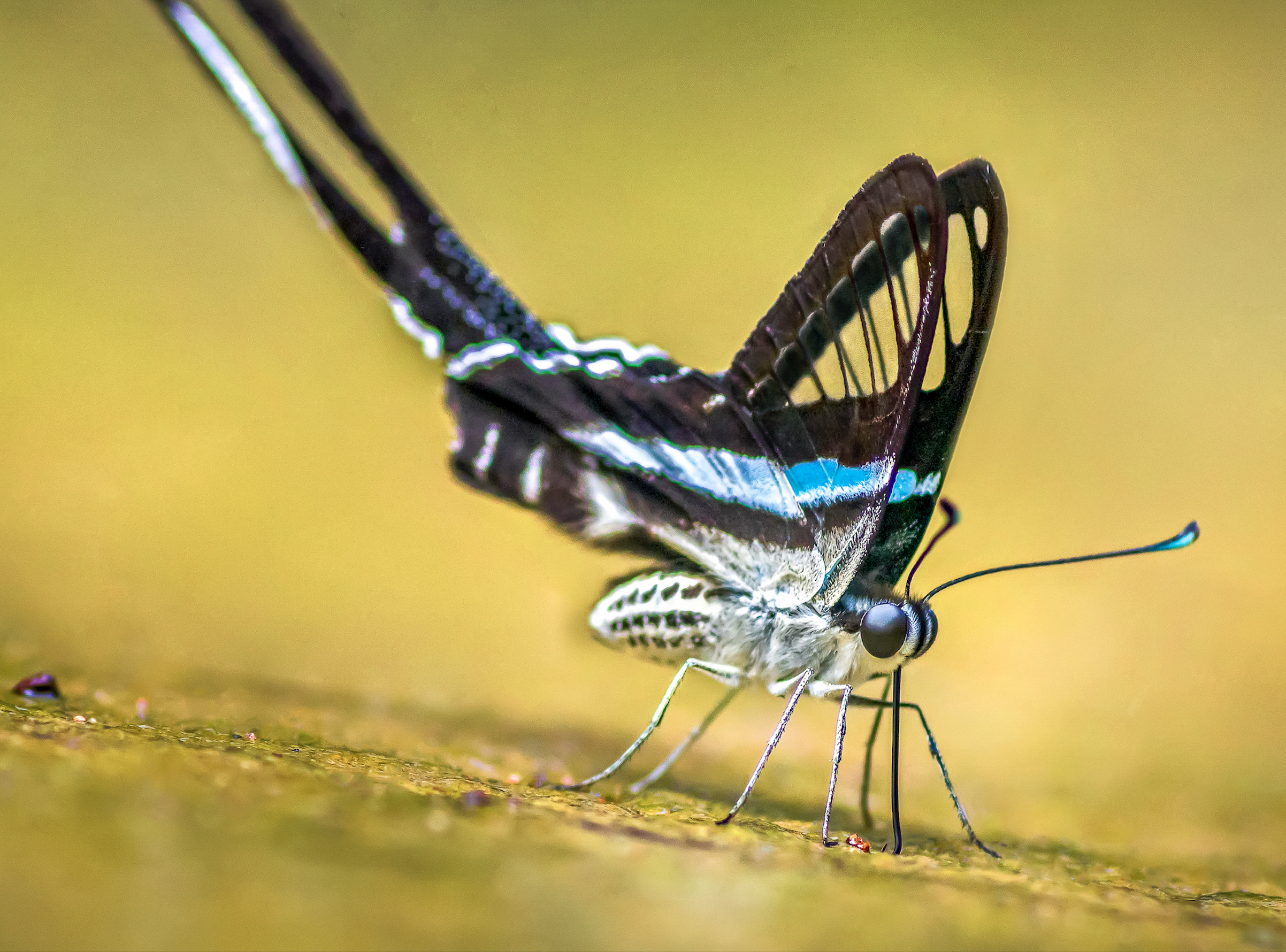


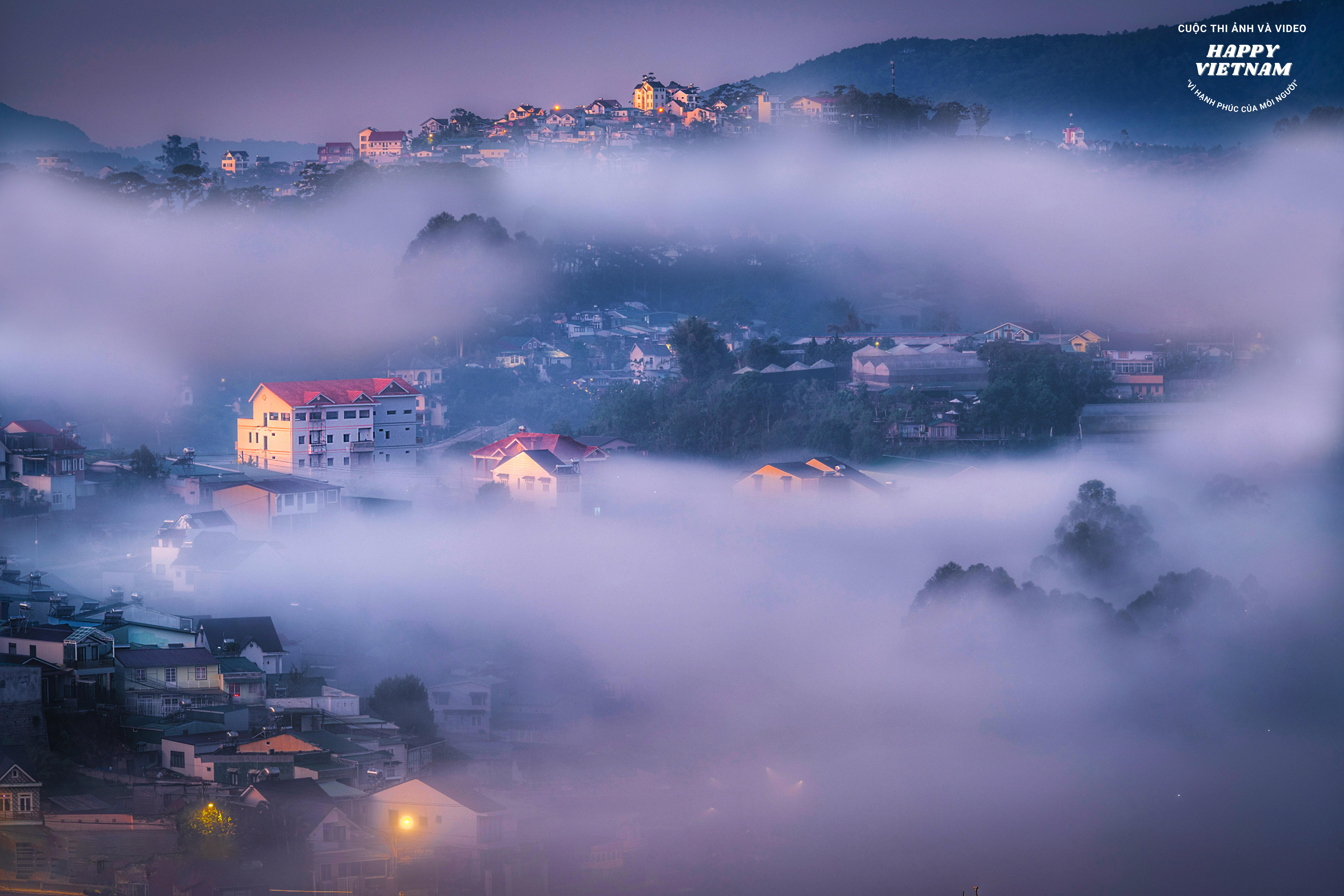



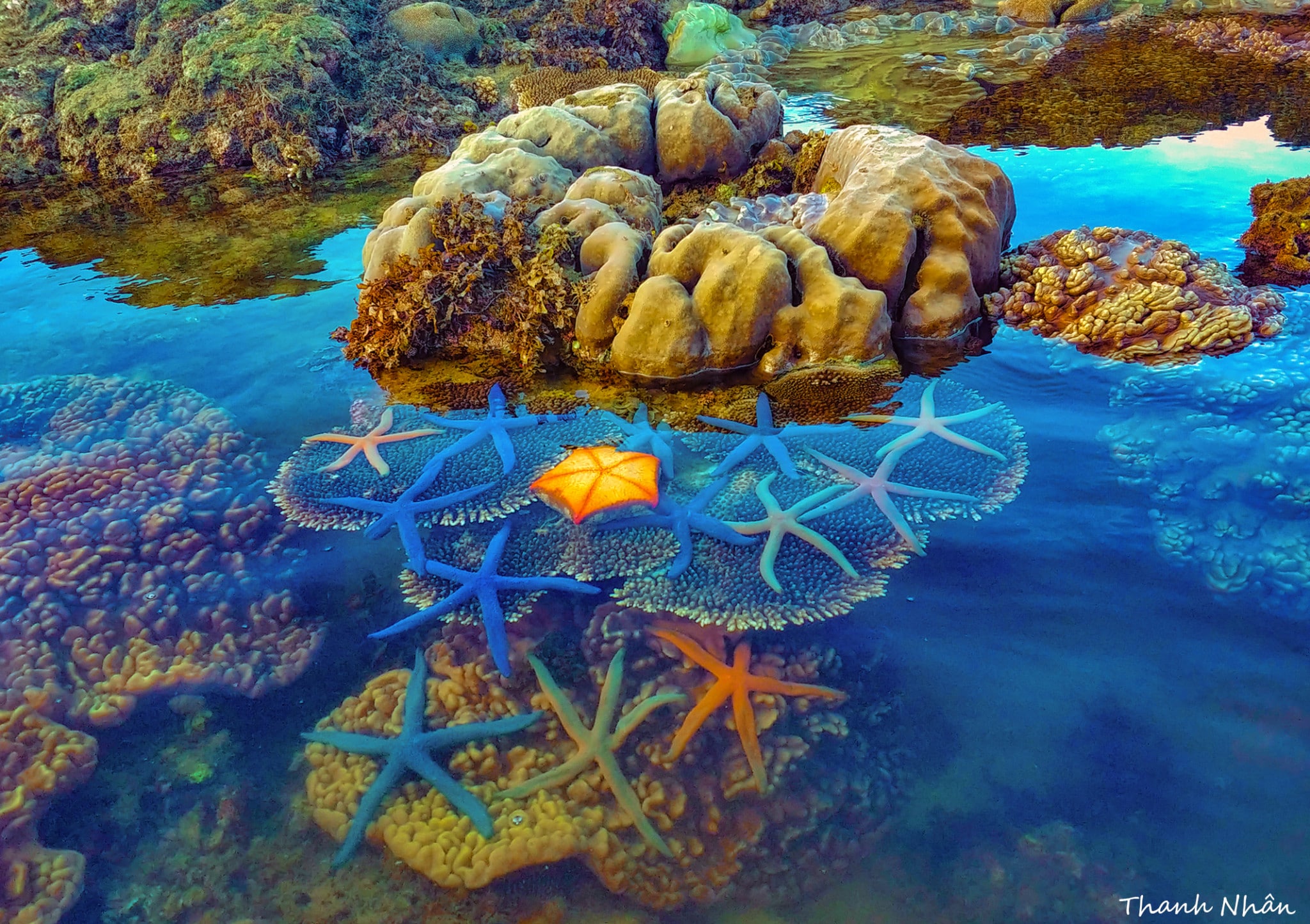



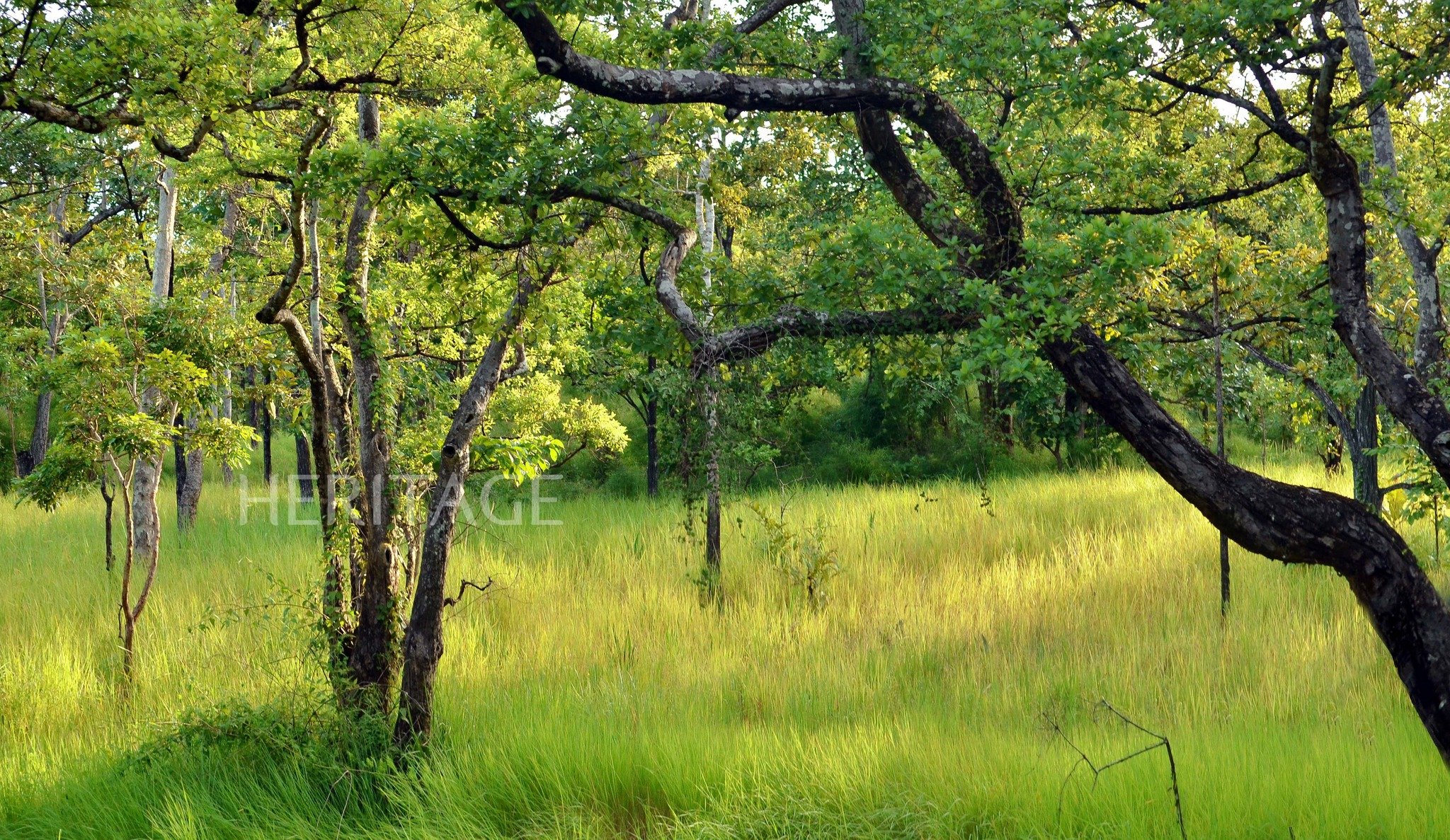
![[Photo] Welcoming ceremony for Prime Minister of the Federal Democratic Republic of Ethiopia Abiy Ahmed Ali and his wife](https://vstatic.vietnam.vn/vietnam/resource/IMAGE/2025/4/15/77c08dcbe52c42e2ac01c322fe86e78b)
![[Photo] General Secretary To Lam meets with veteran revolutionary cadres, meritorious people, and exemplary policy families](https://vstatic.vietnam.vn/vietnam/resource/IMAGE/2025/4/15/7363ba75eb3c4a9e8241b65163176f63)
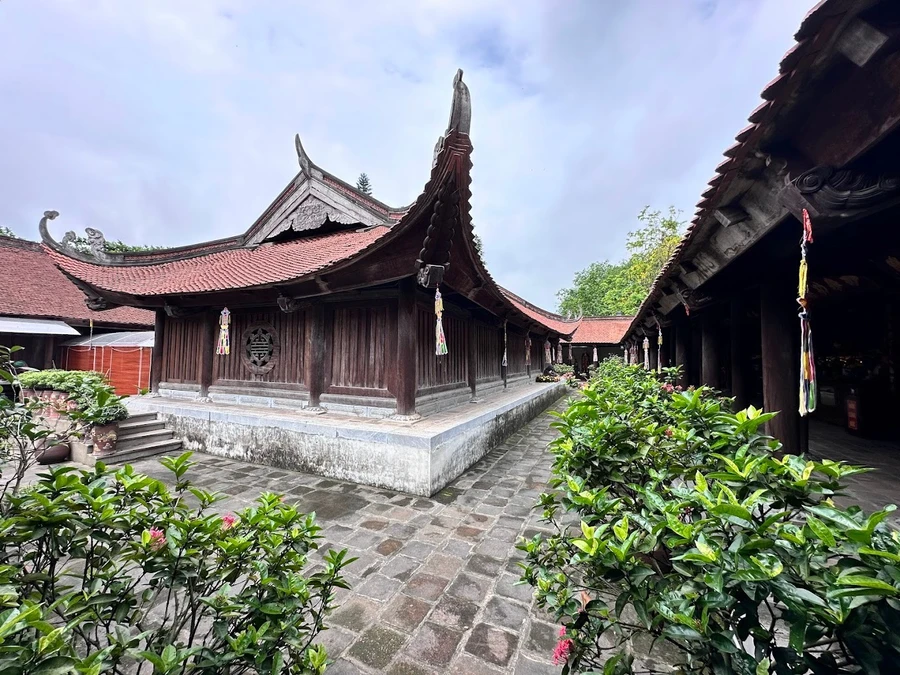










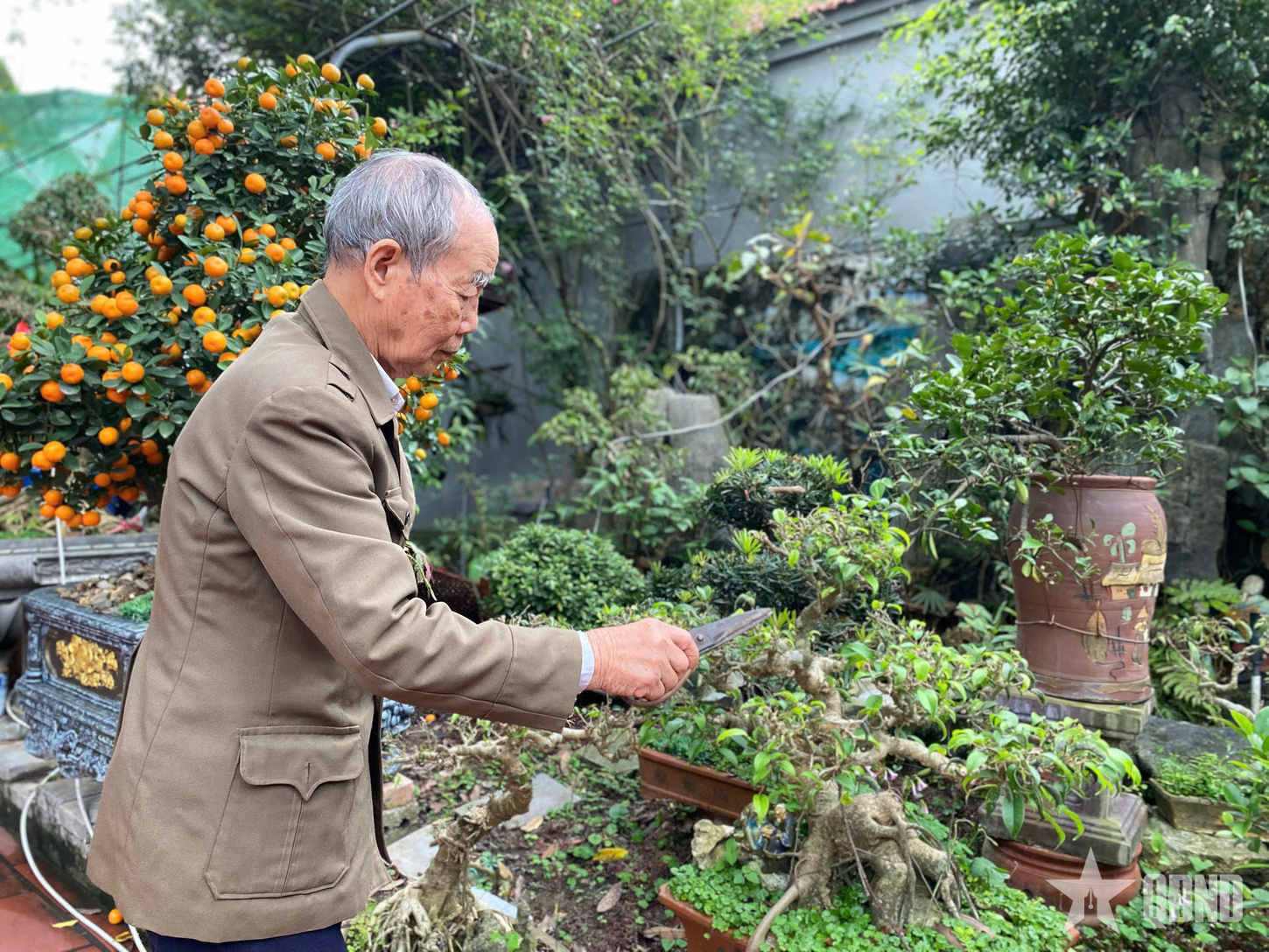





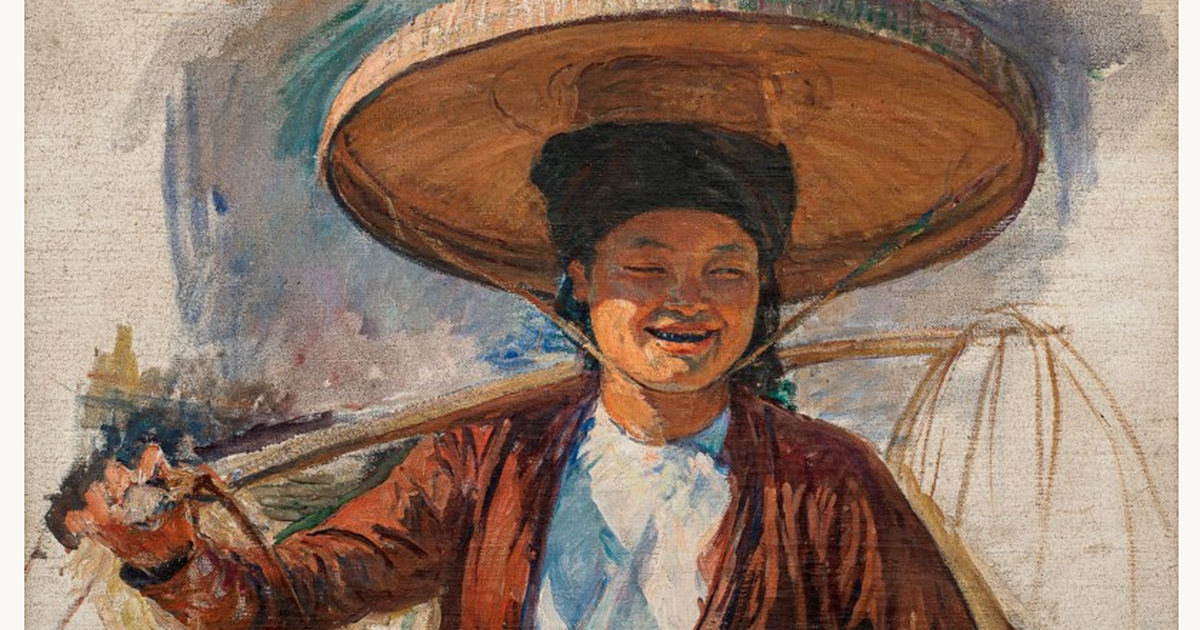


























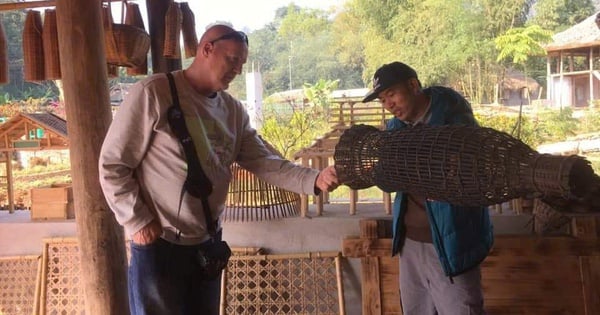
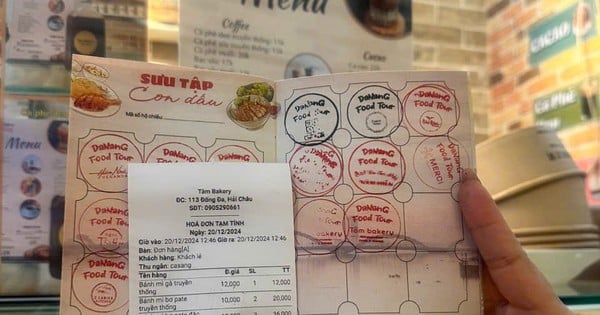










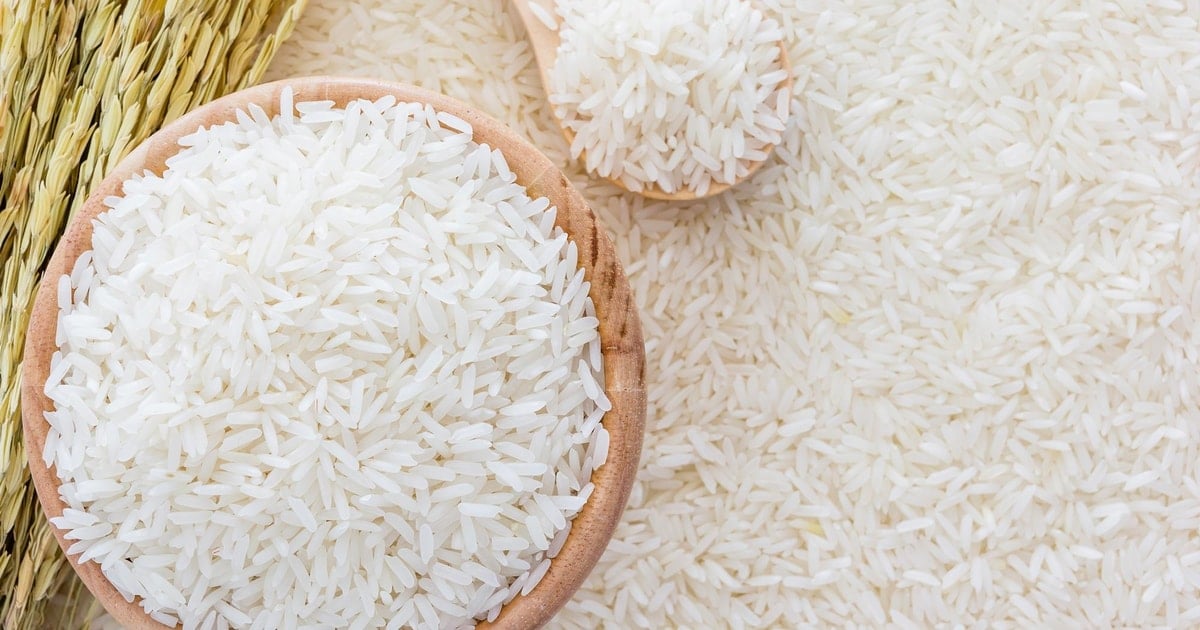
![[Photo] The capital of Binh Phuoc province enters the political season](https://vstatic.vietnam.vn/vietnam/resource/IMAGE/2025/4/16/c91c1540a5744f1a80970655929f4596)
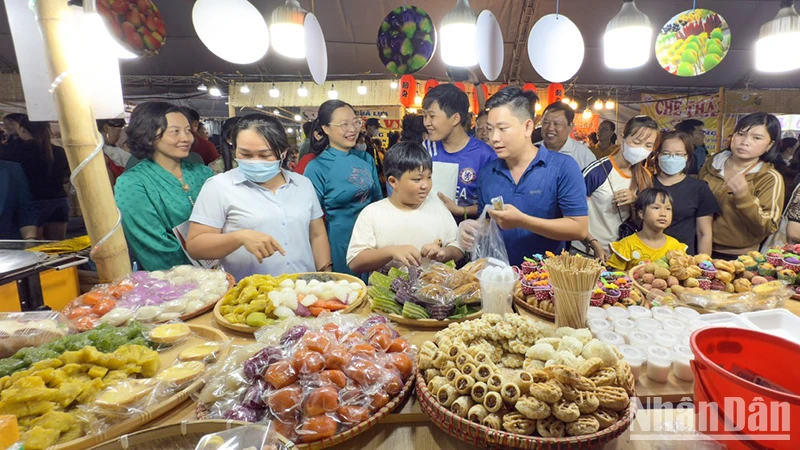

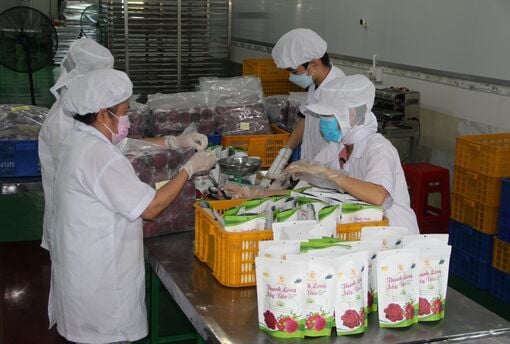




Comment (0)